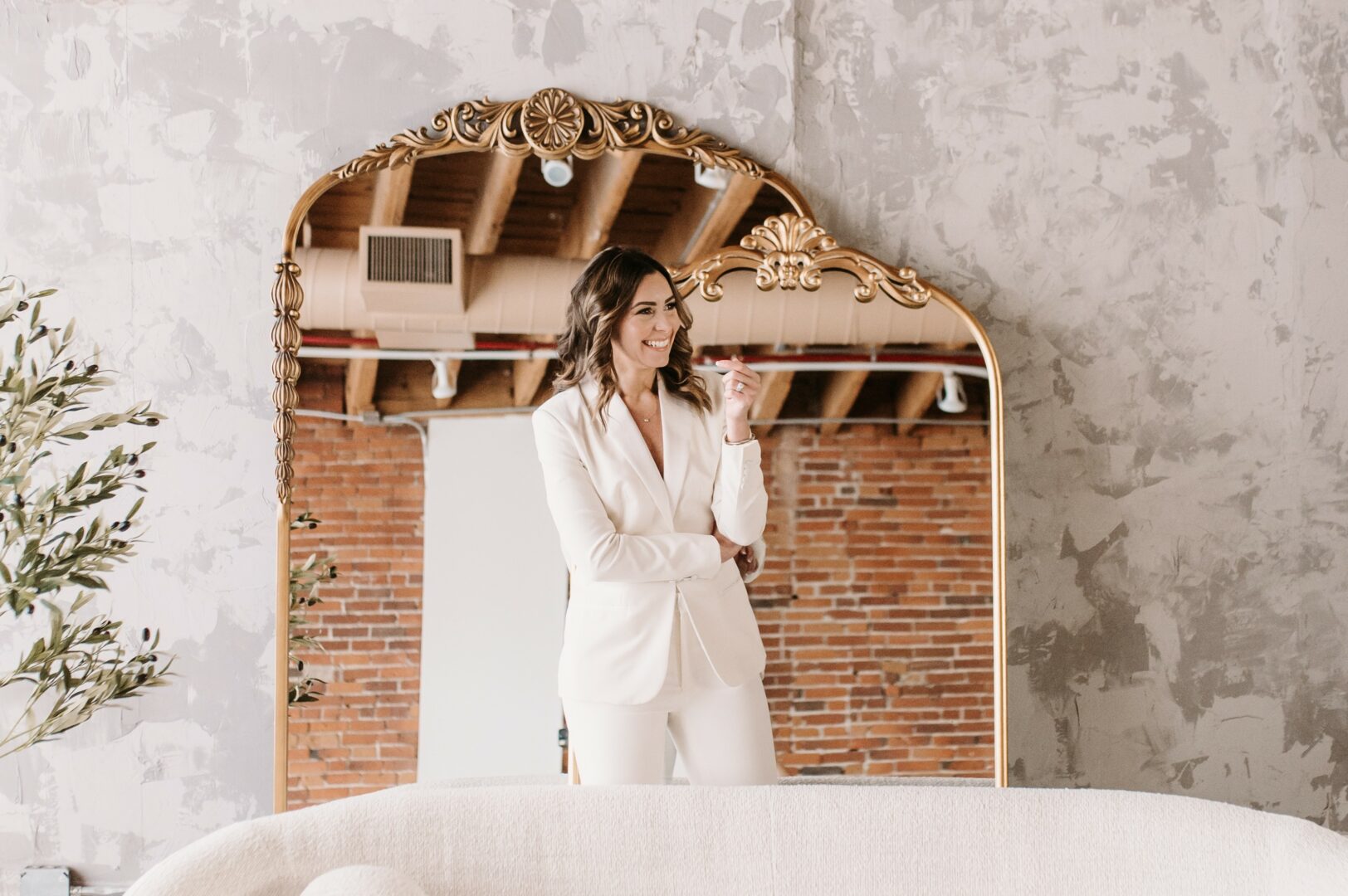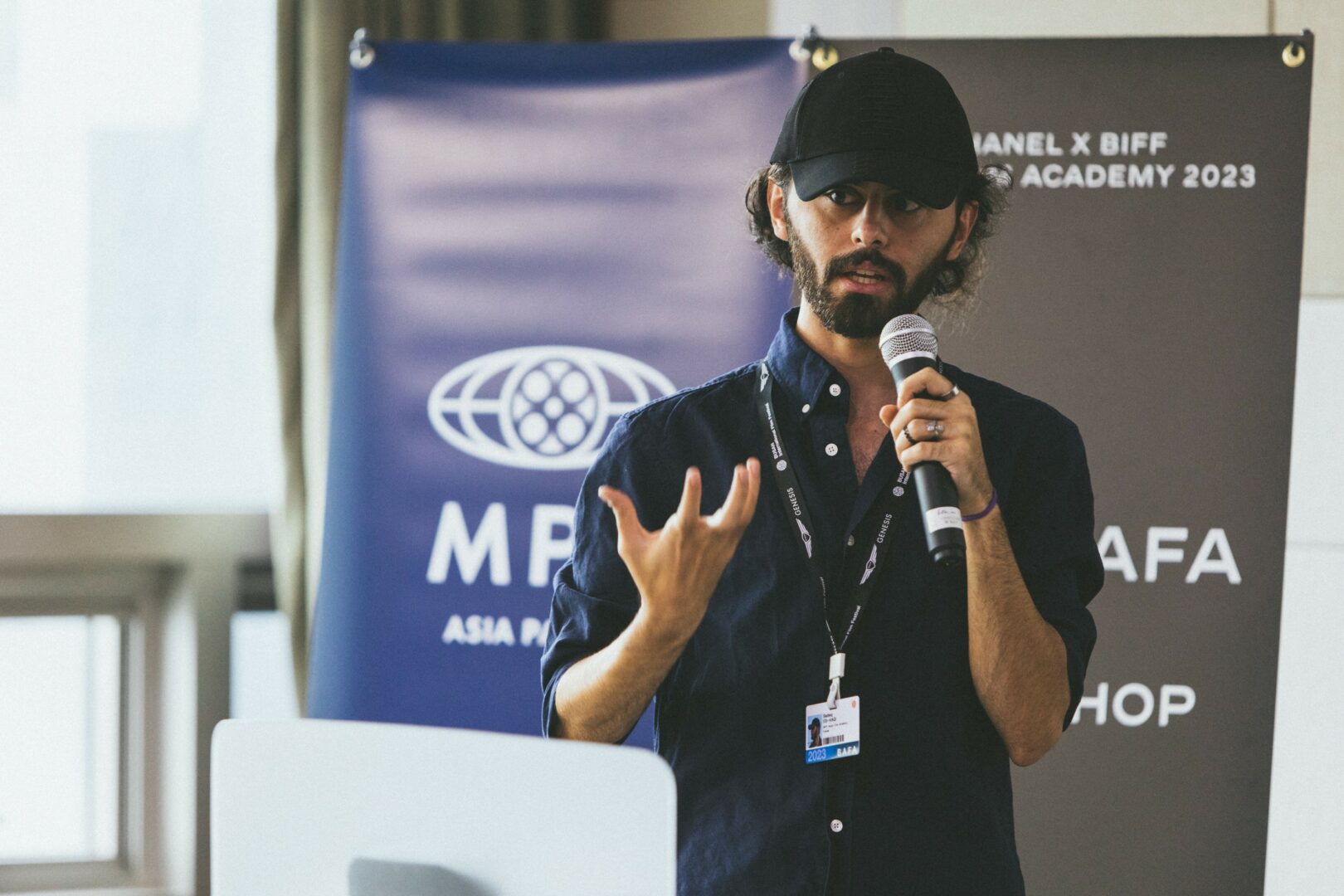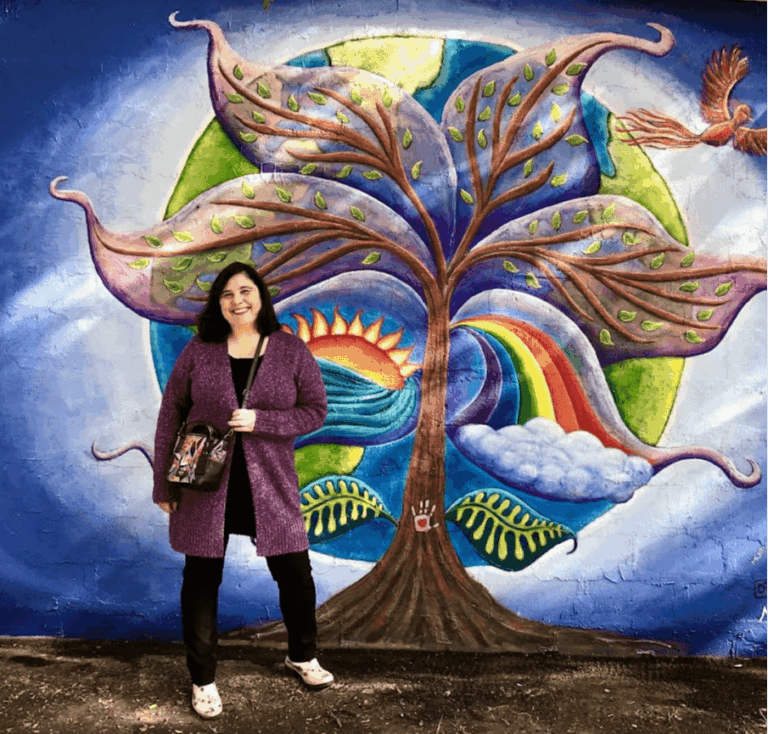Alright – so today we’ve got the honor of introducing you to Adam Segal-isaacson. We think you’ll enjoy our conversation, we’ve shared it below.
Adam, so excited to have you with us today. So much we can chat about, but one of the questions we are most interested in is how you have managed to keep your creativity alive.
As a photographer I am less interested in exotic or destination photographs, and more interested in slice-of-life pictures. I also like to use unusual lighting, mostly natural light effects, to make interesting pictures. I hope that my observations of people can inspire others as well. Some of the unusual lighting effects were described by a friend as “black and white in color” as they tend to run toward silhouettes and others very dramatic light effects but also to be shot on color film or the digital equivalent. I rarely use aftereffects to enhance my pictures beyond what was present in the real situations, but when I do it is immediately obvious.

Great, so let’s take a few minutes and cover your story. What should folks know about you and what you do?
In my business I am an editor, with experience in medical and nursing research material, both for professional and lay audiences. My artistic career is somewhat separate from that, although I have used my ability as a photographer and work with images in my business work at times. My background in design has been useful in both areas.

Looking back, what do you think were the three qualities, skills, or areas of knowledge that were most impactful in your journey? What advice do you have for folks who are early in their journey in terms of how they can best develop or improve on these?
Pay attention to the world around you. Don’t focus on yourself as much as on what is happening all around you, both small and large things. Walk around a lot to see what people are up to. One of the key exercises in my design training was to draw a copy of an advertisement from a magazine. But we were instructed to turn the magazine page upside down so that we could focus on what was actually in the picture rather than what our brains interpreted as being there. This exercise focusses on what is really important, being able to get beyond one’s immediate reaction to something to look at what is actually there.

To close, maybe we can chat about your parents and what they did that was particularly impactful for you?
The most important (not impactful, which is a horrible word) thing my parents taught me was to be analytical about the world, to approach things scientifically; to look at things and ask why and how, not just what. And to delve beneath the surface to see deeper whys and hows.
Contact Info:
- Instagram: https://www.instagram.com/segalisaacson/
- Linkedin: https://www.linkedin.com/in/adam-ezra-segal-isaacson/


Image Credits
Adam Segal-Isaacson
so if you or someone you know deserves recognition please let us know here.




